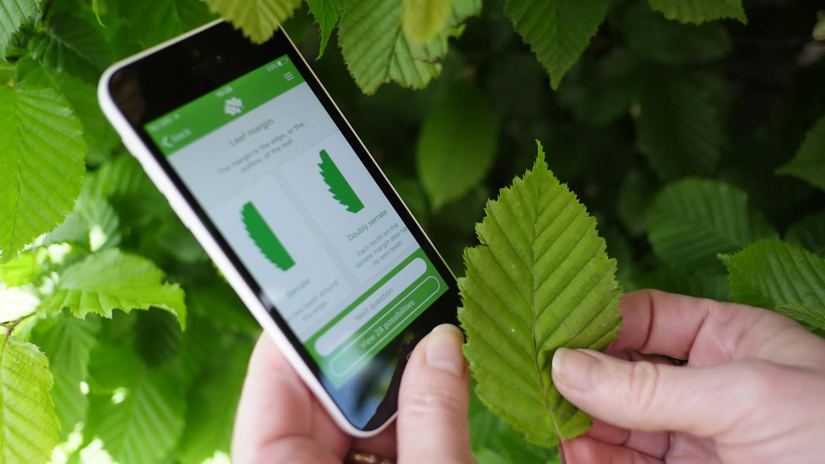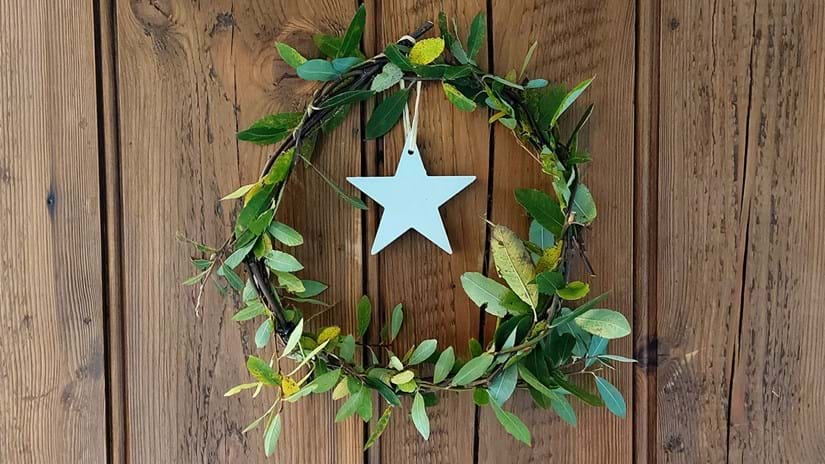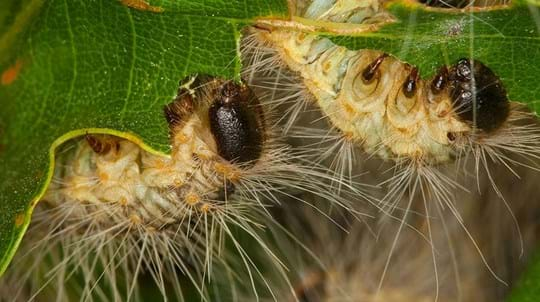
Credit: Glyn Baker / WTML
Leaves
Needle-like leaves are flat, soft and flexible, and distributed around the twig. They are green in colour with white-green stripes on the underside. Buds resemble those of beech trees – they are red-brown, scaly and slender, and taper to a point.

















